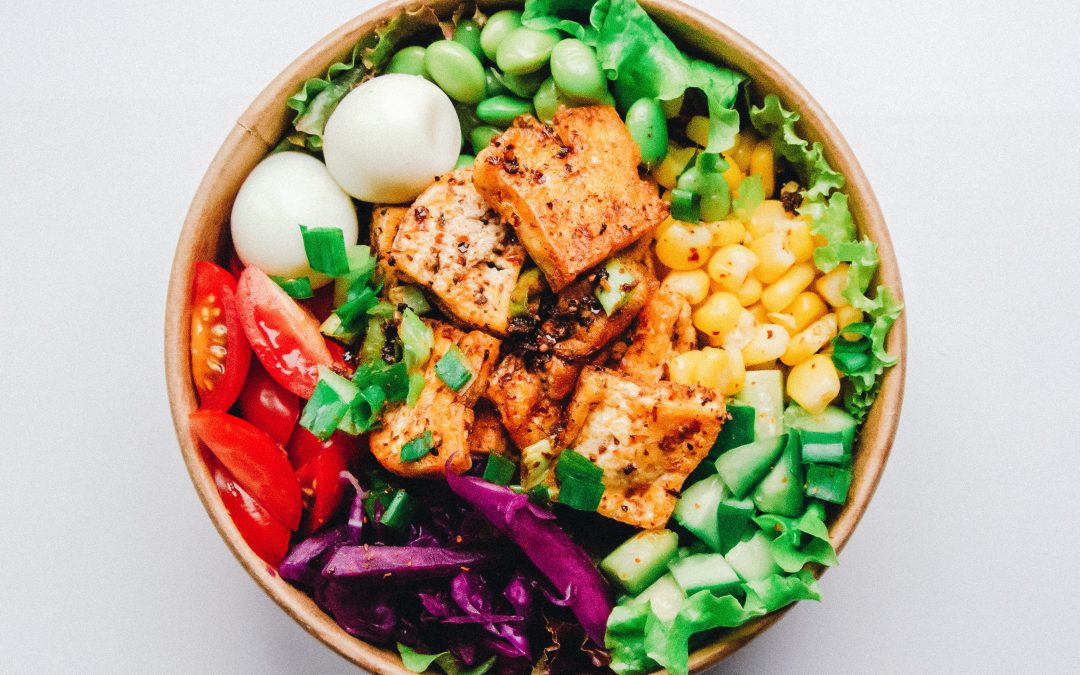We continue our series with the wonderful Kristen Kancler in which she shares with us how we can be SAFE around food.
———
Navigating Trigger Situations
Thanksgiving, the most notorious day for overeating, is just a few days away. And with it, the holiday season will be official.
Whether you’ll be hosting for others, traveling to them, dining with dozens of family members, or celebrating solo, chances are you’ll be faced with a multitude of emotions.
Perhaps you’ll feel joy and excitement. Maybe stress and overwhelm. Maybe sadness.
For many of us, and survivors of sexual abuse in particular, these emotions can trigger a compulsion to eat. And you end up feeling out of control, seeking comfort from your food.
In my first post of this series, I shared one of the most powerful things you can do to feel balanced and in control.
But being in control isn’t just about knowing what to eat. It’s also necessary to look at why you’re eating. What’s going on that you’re turning to food for comfort?
These answers are deeper inside; they’re underneath your cravings.

A large part of the work I do with my clients is helping them get in tune with their emotions on an ongoing basis so that they’re actually in the world differently and able to move through situations with grace and ease.
But I think the most powerful tip I can give you right now is for how to deal with the in-the-moment trigger situations.
After looking closely at how I’ve successfully navigated my own trigger situations, I came up with a 4-step process (plus an acronym to help you remember it):
This is my SAFE – which is great because that’s what you most need to feel when you’re triggered.
Step 1: S = Surroundings
Change them. Pull over the car. Get out of the kitchen. Step outside. Changing your environment snaps your brain out of the one-way train it was on and suddenly has to take in new input from new surroundings. The first thing you need to do to interrupt the pattern is change your surroundings.
Step 2: A = Arrive
Be in the new space. Take a minute just to land, and get present. This is really a crucial step.
Step 3: F = Feel
Allow yourself to feel what’s there. What just happened? What’s going on? How are you feeling? Are you angry? Are you disappointed or stressed? This is the thing you want to eat over. And sometimes just naming the emotion can be a huge relief.
Step 4: E = Explore
Ask yourself: “What do I really need?” (And I’ll give you a hint: it’s not a cookie). Maybe you need to take a deep breath. Maybe you need to have a good cry. Maybe something really upsetting just happened. Maybe you need to laugh – you’ve been stressed all day and need some lightness in your life. Take 2 minutes to yourself. More if you can.
It makes all the difference going through this process, getting out of the triggered moment and tapped in to your emotions.
A lot of the women I work with have disconnected from their feelings. They brush them aside, laugh them off, or put on a front because it’s scary and uncomfortable to feel what’s really going on inside.
But here’s something that I really want you to get: the only thing your feeling wants is to be felt. So when you brush it aside or bury it, it doesn’t go away, it gets stronger.
And you have to eat more and more to keep it quiet. That’s why it’s so important to feel your feelings. So you can move through them and let them go.
One of my clients came to me feeling stressed and overwhelmed at work. She didn’t feel confident and she found that she was triggered and turning to food to calm herself down.
She started practicing the SAFE exercise as a tool to deal with things in the moment. She started to feel more in control, which was great! And then we did an exercise (which I’ll share with you in my next post) to find where the lack of confidence and overwhelm originated from. We discovered that it went back to an incident when she was really young, and the thing that was missing in her life was play!
So she started painting on the weekends and found that it opened her mind, and sparked her creativity, and her flow.
She was able to tap into her intuition, learn to trust herself and let go of trying so hard to prove herself all the time.
Her life opened up in an entirely new way and she felt more confident than she had in years. And doing that released her need to turn to food because she wasn’t stressed out all the time.
She was able to bring balance to her life and trust that she had all the answers she needed inside.
Guest Post Disclaimer: Any and all information shared in this guest blog post is intended for educational and informational purposes only. Nothing in this blog post, nor any content on CPTSDfoundation.org, is a supplement for or supersedes the relationship and direction of your medical or mental health providers. Thoughts, ideas, or opinions expressed by the writer of this guest blog post do not necessarily reflect those of CPTSD Foundation. For more information, see our Privacy Policy and Full Disclaimer.





